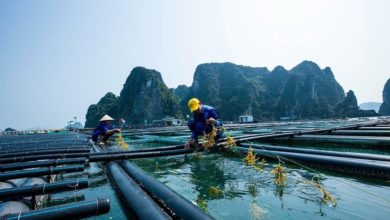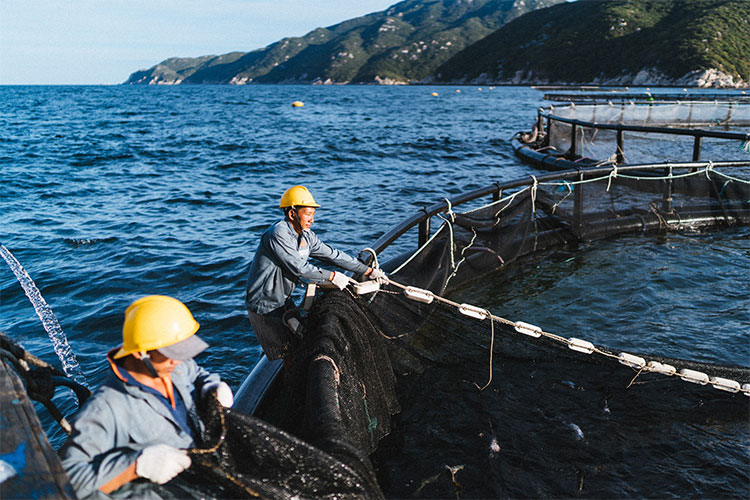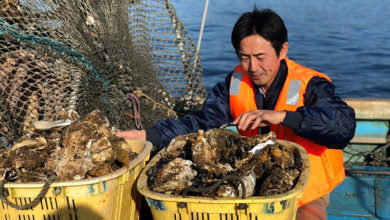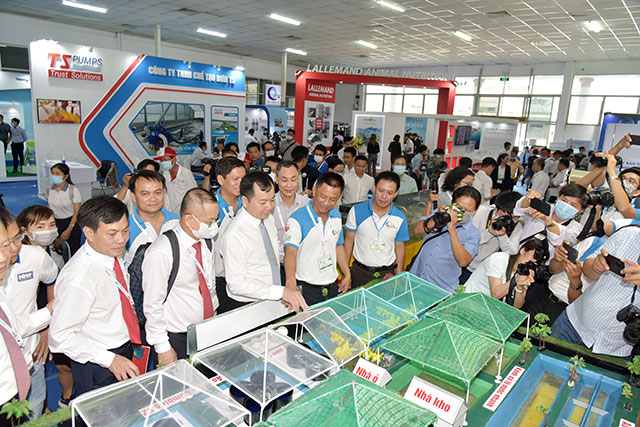Actively decrease stocking density of farmed lobsters
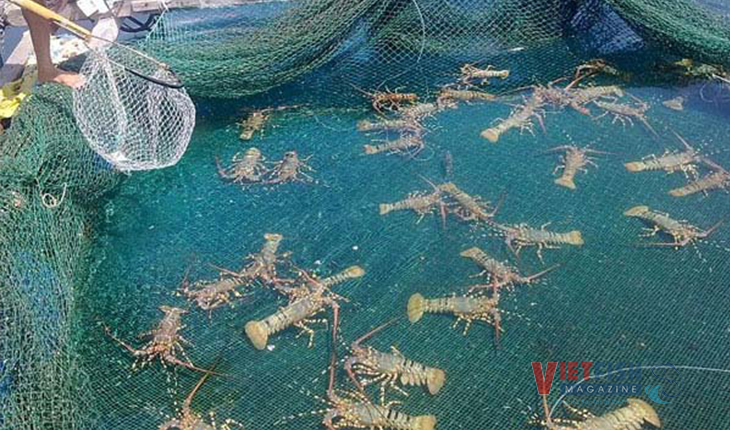
An environment survey was carried out in lobster farms of core areas in the South Central with results showing poorer quality of farming environment and forecasted impacts on cage farmed lobsters, the Directorate of Fisheries said in a report.
As forecasted, from now till June, some environmental factors will highly fluctuate such as general fall of DO rate, sharp increase in N-NH3 (exceeding 1.1-1.5 of the limit value), and up-ward trend of Vibrio bacteria density and toxic algae.
For negative concerns in growth and development of farmed shrimps, the Directorate of Fisheries has requested departments of Agriculture and Rural Development of coastal provinces and cities in the South Central to direct relevant agencies to follow up the situation, guide and instruct lobster farmers to obey the regulations and register their cages. Cages and rafts must be located to assure the designed density and follow the recommendations given in the environment survey reports by the Research Institute for Aquaculture No.3. Density of 30-60 cages/ha is suggested with cage groups staying 50m away from each other. The stocking density must be modified when lobsters grow, especially when they weigh up 200g each.
If lobsters reach the harvest size but fail to be sold, farmers will have to actively work out solutions to extend the farming duration, modify the feed to reduce production cost but still maintain the quality, and follow up the market situation for timely harvest. A production chain and consumption of qualified and traceable lobsters must be established.
VFM



